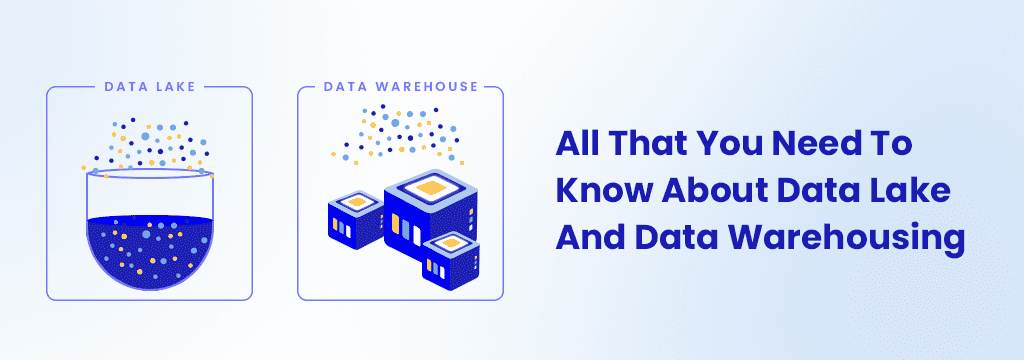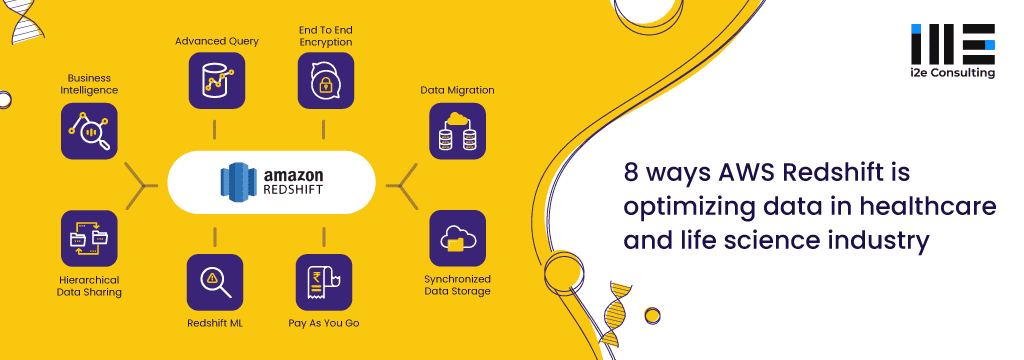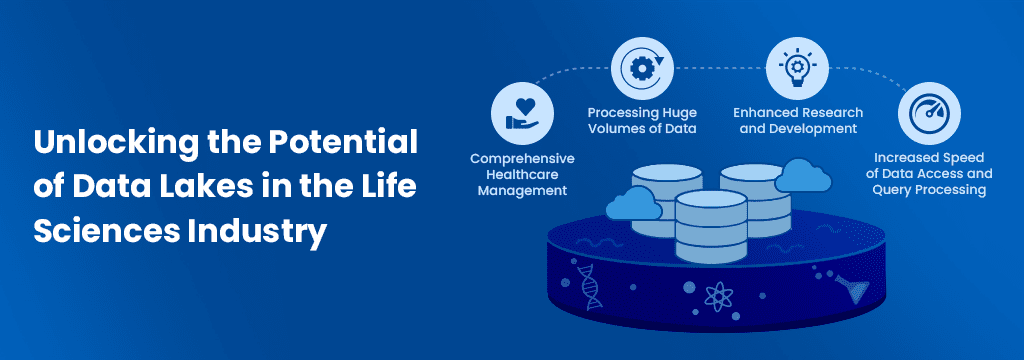
All That You Need To Know About Data Lake And Data Warehousing - i2e Consulting
Do you know that more than 2.5 quintillion bytes of data are being generated every single day? With the advancement of technology, the rapid increase of social media use, advanced networks, and communication, we are incredibly fueling data creation. There are over 40,000 Google searches every second. Each minute Instagram is sharing 46,500 photos, while 1.6 billion people are on Facebook every day.[1]
The big question is ‘What do we do with so much data around us’? Gather it together, run analytics, gather insights, make better decisions, and stay ahead of the game – Yes, that’s precisely the answer. What’s the first thing we need for that? A repository to store and structure data – Data Lakes and Data Warehouses!
You may have come across these terms and may have used them interchangeably. But they are not the same. It’s time to unravel the difference between these two repositories! However, let us first understand the terms individually.
Data Lake
A data lake is a data repository that allows you to store data in its natural or raw format. You need not worry so much about the structure of the data, i.e. you can store both structured and unstructured data. A data lake can store structured data (from relational databases), semi-structured data (from JSON, CSV, XML files), unstructured data (from pdfs, documents, emails), and binary data (from videos and audios). You can run the different analytical tool on this data – from dashboard visualizations to machine learning, and real-time analytics.

Figure 1: Data Lake (AWS, 2020)
You can either choose an on-premise data lake or cloud solutions like the ones provided by Amazon or Microsoft.
Elements of Data Lake solutions
Centralized Data Repository
Data Lake gives you the freedom to import data from multiple sources and store them in their raw format, without worrying about the structure or schema of the data.
Secure and Catalog Data
Data Lake stores both relational and non-relational data. It allows you to get a better understanding of data using crawling, indexing, and cataloging. It also secures your data asset and protects the data from external threats.
Data Analytics
You can run analytics on your data without having to move it onto another system. You can use open-source frameworks like Apache Spark and Presto, or use the professional business ones provided by analytics vendor.
Machine Learning
Data Lakes let you use machine learning models to gather insights, forecast, and predict outcomes and results.
Data Lake Implementation
Data Lake implementation on AWS is very simple and effective. Users can now search and browse available datasets for business purposes. You can launch a solution that readily integrates with Microsoft Active Directory. Finally, all the AWS core services like search, share, or tag are readily available on the datasets.










